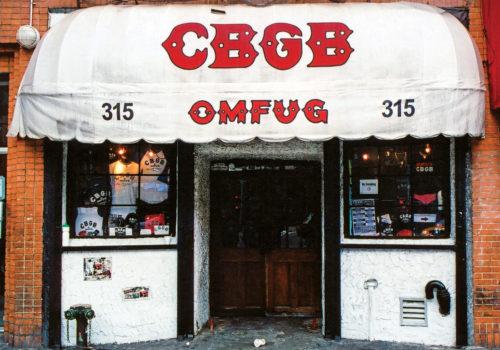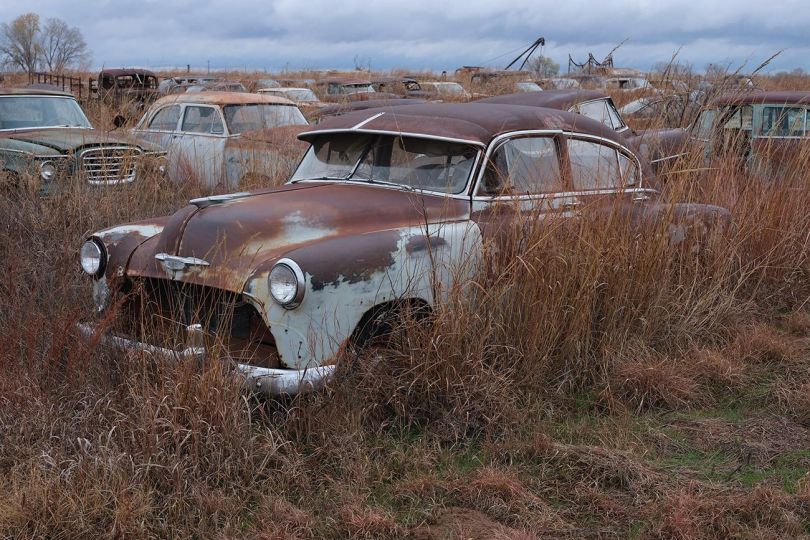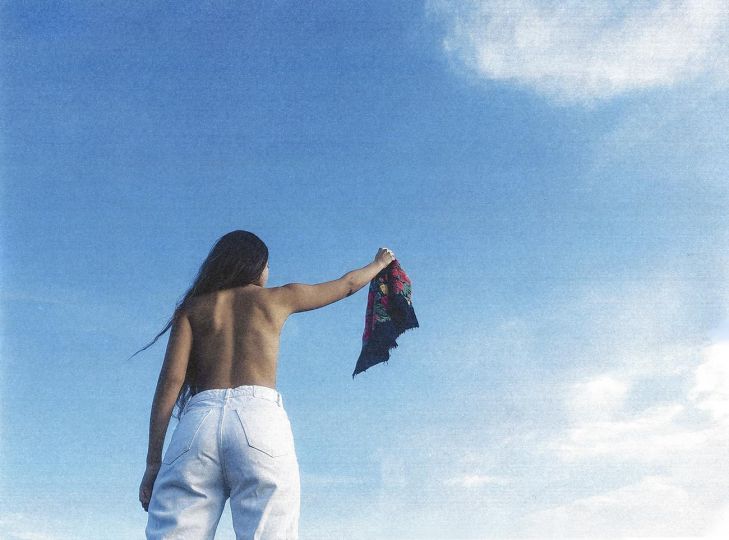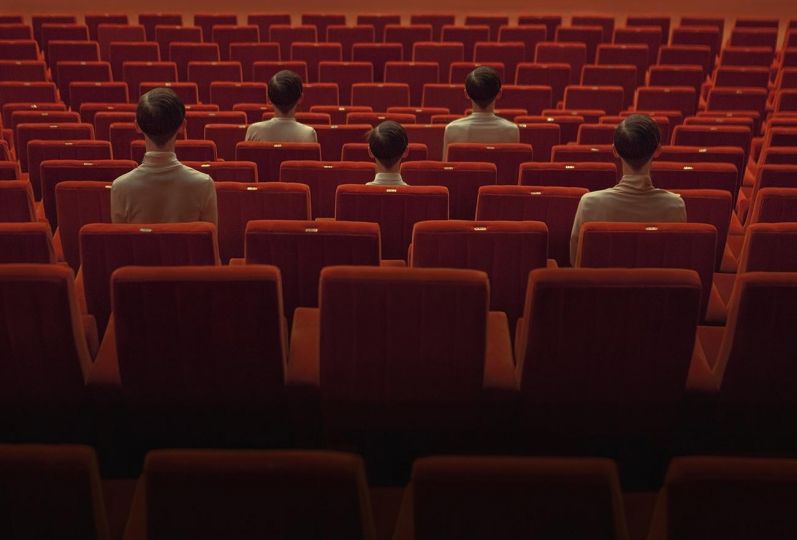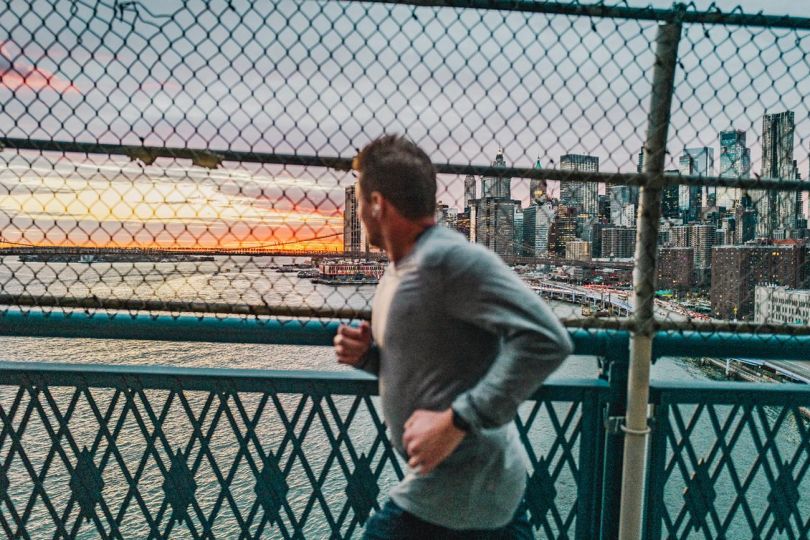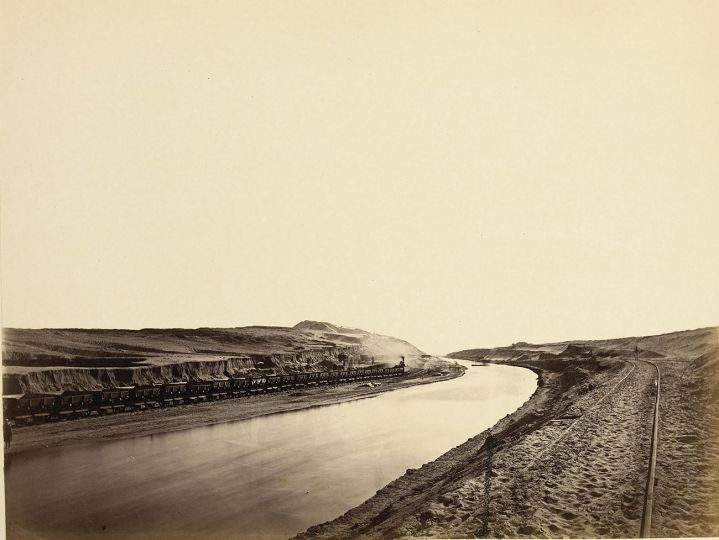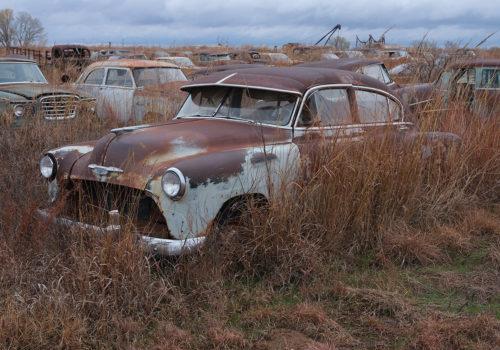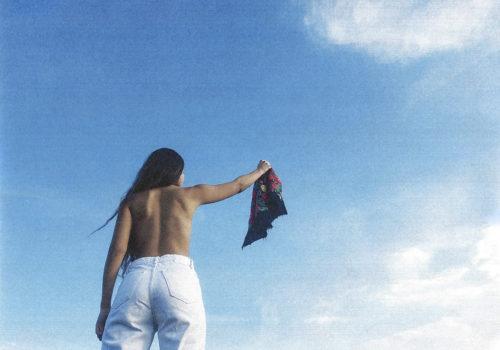New York, New York. A city I was fortunate to call home for two years at the dawn of the 21st century. While studying at NYU and interning at White Columns, I fell in love with the neighborhoods of Chelsea, Washington Square Campus, the Village, and Soho. Like many, I had my go-to shops for my morning coffee, a quick snack of sliced mango on my way home, and a refreshing Snapple before heading to my next class.
But the city that never sleeps has seen many changes, with gentrification becoming a buzzword across Manhattan, from downtown to uptown and throughout the city center.
Amid these changes, New Yorkers James & Karla Murray embarked on an ambitious, emotionally charged, long-term project: photographing the city’s storefronts, capturing the essence of its evolving landscape.
Following the release of their latest book, Store Front NYC, I had the opportunity to speak with them this winter. Join me in this journey through time as we explore the changing face of NYC through the lens of James & Karla Murray, and enjoy the memories they’ve shared in this new edition of What’s New.
Nadine Dinter: Store Front NYC: Photographs of the City’s Independent Shops, Past and Present is your latest book project, published last fall. How and when did you come up with the idea?
James & Karla Murray: Our journey began while photographing New York City’s streets during the mid-1990s. We combed the many distant neighborhoods of the city in all five boroughs, searching out and documenting its graffiti art scene. We would often return to the same streets, sometimes months or even weeks later, and despite the short time frame between visits, however, we noticed that some blocks looked drastically different. Many neighborhood stores we had noticed on our initial visit had closed, or we would come across “old” stores, still in business but somehow different. They were refaced or remodeled, or the original signage had been replaced with new, bright, shiny plastic awnings. The whole look and feel of the neighborhood had changed, and much of its individuality and charm had gone. Due to the alarming rate at which these storefronts were disappearing, we quickly made it our mission to thoroughly document the city’s small, unique “mom-and-pop” shops, hoping to somehow preserve them through our photography.
Your book is the third installment of a long-term project that oscillates between past and present, providing a fascinating overview of numerous locations that have since disappeared. Out of all the places you’ve photographed, which is your favorite?
J&KM: It is so difficult to choose a favorite, but one place we photographed early on in our project that really inspired us to continue our documentation was Katy’s Candy Store, which was located on Tompkins Avenue in the Bedford-Stuyvesant neighborhood of Brooklyn. We fell in love with the candy store’s hand-painted signage and the overall timeworn look of the shop. When we went inside and spoke with the owner, Katy Keyzer, we asked her how long the shop was in business. She told us that she was “the dinosaur of Tompkins” because she had been there so long (since 1969) and seen so many changes in the neighborhood. She was an elderly white woman in a neighborhood that had changed its ethnic makeup. She explained, “I was born and raised in this Bed-Stuy neighborhood and have seen a lot of changes. I was here when it was all Jewish and Italian and when it changed to Spanish and Black. I’ve been through the dope, crack, and everything else this neighborhood has thrown at me.” The reason why she had survived, according to her, was that she “spoke three languages: English, Spanish, and motherfucker.” We will always remember her words, but sadly, the shop closed due to a steep rent increase.
How did you go about preparing for the project? Did you consult city archives or museums? Did you drive around the city, taking notes, or did you just have your camera ready to capture the images as you encountered them?
J&KM: Our project was a true labor of love, and we did not prepare in advance, work with any city archives or museums, or even map out a logical route to take. We initially took photographs of storefronts we found visually interesting while walking the streets of New York City. We would select a neighborhood to visit and randomly walk around, only bringing our 35mm camera and a few rolls of film. We did not even plan out a route or consult a map. In the beginning, the project was purely aesthetically driven. We were attracted to storefronts with original signage, including both hand-painted signs and neon signs, architectural adornment, and handmade window displays. It was about the look and feel of a particular shop, bar, or restaurant. Sometimes, we would become enamored with a particular store that we would forget to look across to the other side of the street.
Did you always talk to the people who ran the shops, diners, stores, and bars you photographed? If so, are there any particular interviews that were especially memorable?
J&KM: Our storefront project quickly evolved to another level when we decided to also interview the shop owners — we discovered that many of them had fascinating stories to share about the history of their shop as well as the joys and struggles of surviving as a family business in New York City. We would not only take a photograph using our 35mm camera but also record our interview with the shop owner with a small microcassette recorder. Early on in our project, we made a conscious decision to concentrate on taking a photograph solely of the store’s facade and, in most cases, not include the store owner standing in front of the shop in our photo. By doing that, the storefront would be the hero and focus of the photograph, not the shop owner.
One encounter that stands out is discovering Luigi’s Pizza in South Slope, a neighborhood of Brooklyn. It was 10 am, and we met the second-generation owner, Giovanni, who insisted on making a fresh mozzarella pizza just for us while we interviewed him. We will always remember that during the entire process of rolling out the dough, adding the sauce and cheese, and throwing it into the oven, that he never once looked down at the pie or the oven. He kept his eyes locked on us. We never had such a delicious pizza breakfast, complete with home-grown tomatoes and fresh herbs.
Store Front is not just a long-term artistic project but a call to action against gentrification. Have you engaged with city politicians or the real estate lobby as a result of this project?
J&KM: We see these humble neighborhood stores as lifelines to their communities and vital to the residents who depend on them for a multitude of needs. Shops are not only a place of business but often act as ad hoc community centers. Many of them always have a cast of characters inside, telling jokes, gossiping, and using the shop as a gathering place. We have contacted city politicians and have been guest speakers discussing the plight of independent storefronts and gentrification for many city preservation groups. We hope that our project acts as an artistic intervention to help raise awareness of the importance of mom-and-pop stores. We want to inspire people who see our photos to shop locally and make a friend by going inside a store and speaking with the owner, which ultimately will help these small stores carry on for many more generations to come.
Do you also sell the book at the stores you feature?
J&KM: We do sell our book at the stores depicted, including at Three Lives & Company, a wonderful independent bookstore in Greenwich Village, which appears on page 69. We are also planning to hold a few book-signing events at other shops depicted in our book, including Vesuvio Bakery in SoHo and Amy’s Bread in Hell’s Kitchen.
What type of camera did you use for this project and your previous books?
J&KM: We have always used Canon film cameras and prime lenses, including our trusty Canon EOS-1V. We later added Canon DLSR cameras, including the 5D Mark IV, but still use our EOS-1V when a storefront is “film worthy.”
What’s next for this important and beautiful project? Will you showcase the images from the book(s) in any exhibitions?
J&KM: We are already planning another book on the subject as we continue to document small businesses that have opened in recent years. We currently have a selection of our “Store Front NYC” photography on display at the independently-owned Village Works Gallery & Bookstore in the East Village of Manhattan, and we plan to continue holding book talks/signings and additional speaking engagements in 2024. We also have an Instagram and YouTube channel (@jamesandkarla) where we highlight through our photography and videography small businesses and unique places in New York City and beyond.
What’s your advice to up-and-coming documentary photographers?
J&KM: Our best advice to up-and-coming documentary photographers is to follow your passion and take photographs of what you love and what interests you. Developing a style is important, but it may take some time to determine what works best.
About the book:
Store Front NYC: Photographs of the City’s Independent Shops, Past and Present. A guidebook and a love letter to New York’s fabled small businesses that serve the city’s vast network of neighborhoods.
By James Murray and Karla Murray, foreword by Chris Stein
Published by Prestel, September 19, 2023
Hardcover, 240 pages, 30 x 25.5 cm, 200 color illustrations
RRP £35.00 / $39.99; ISBN: 9783791389646
Check out the artists at:
Website: https://www.jamesandkarlamurray.com/
Instagram: @jamesandkarla
Facebook: James and Karla Murray Photography
YouTube: @JamesandKarla

